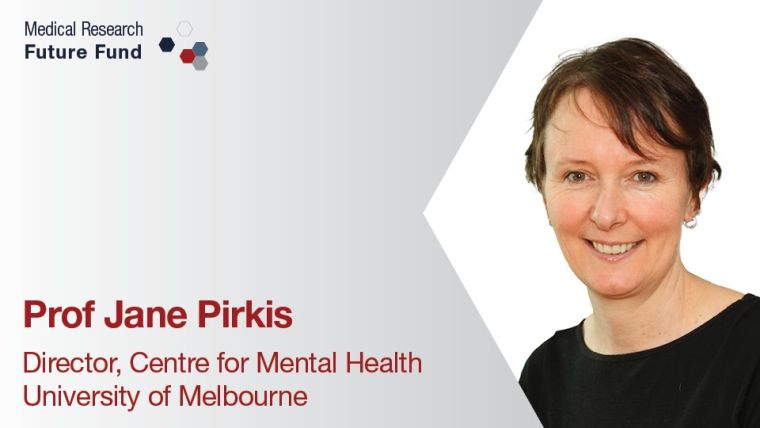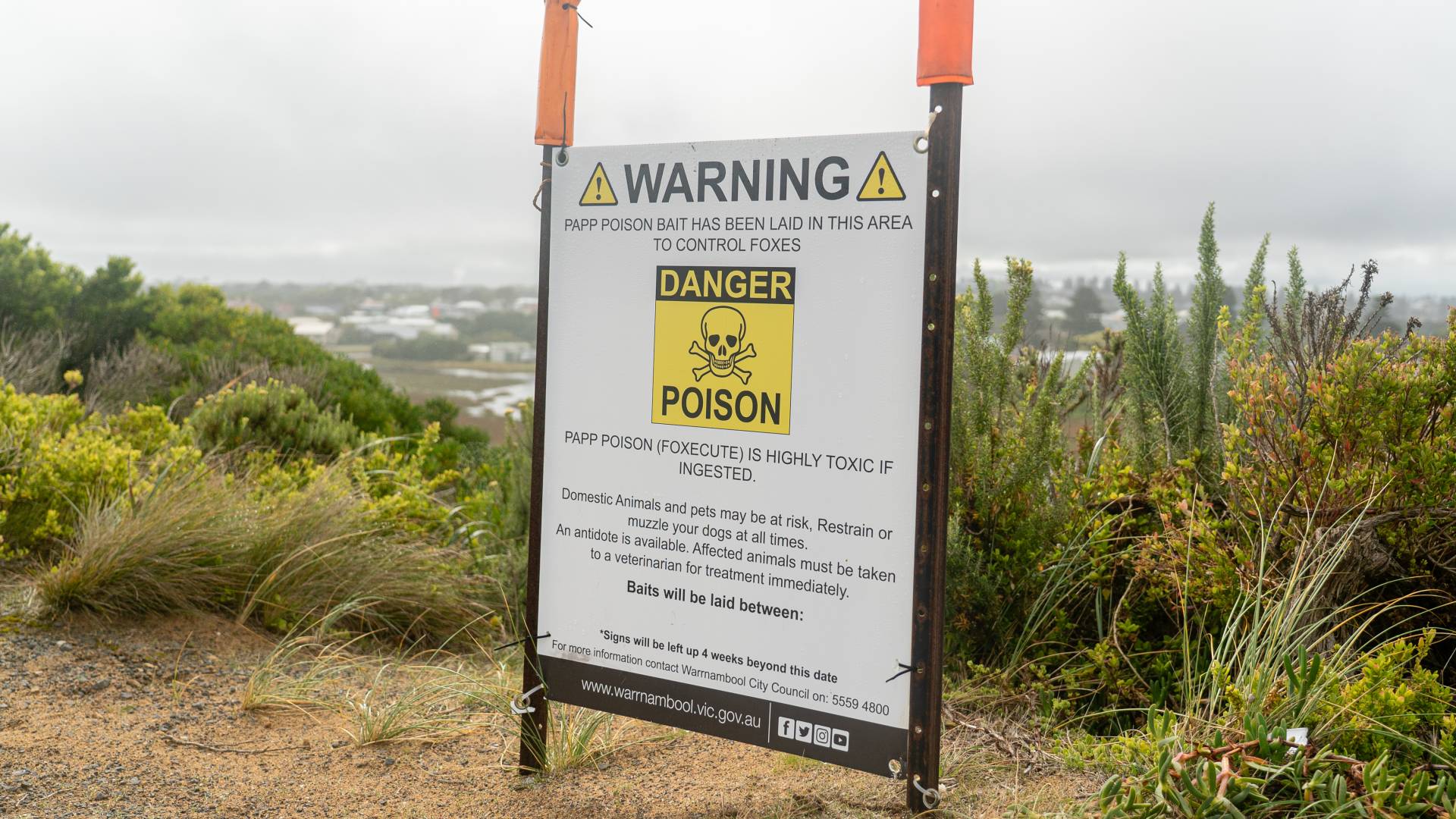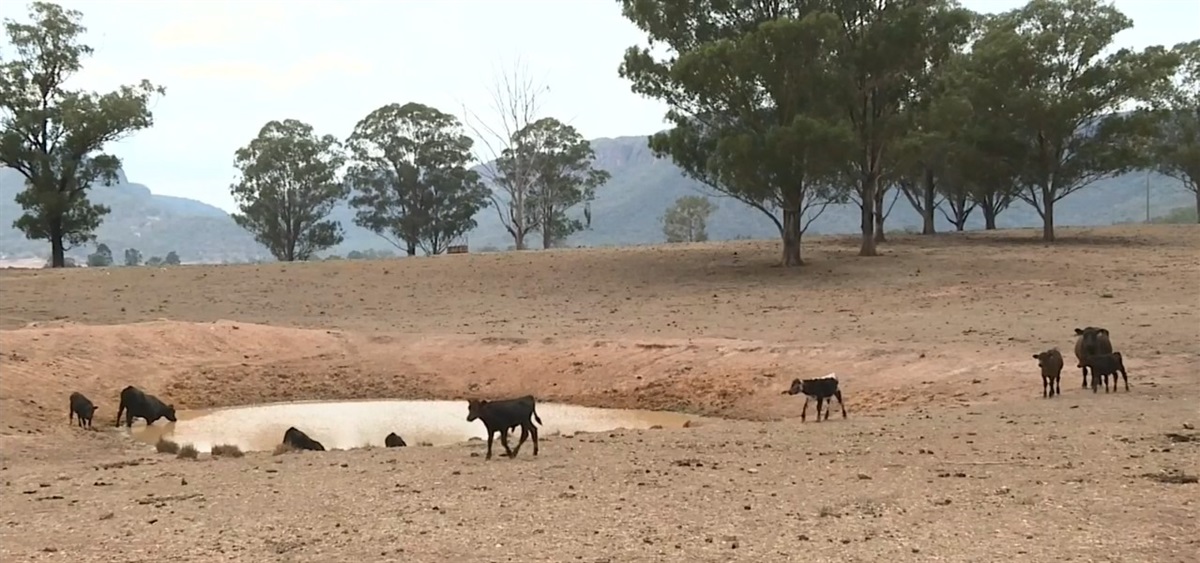
Male suicide is a long-standing problem
Seventy-five per cent of all suicides in Australia are by boys and men, says Professor Jane Pirkis from the University of Melbourne.
Suicide is the leading cause of death in Australian males aged 15-49. Jane’s research indicates that could be because fewer males reach out when they are not travelling so well.
‘Society encourages boys and men to be stoic and self-reliant. These can be great qualities in the right circumstances.
‘But in tough times, self-reliance can prevent boys and men from talking to a mate or approaching professional services. Or the help they get from services might not resonate with them,’ Jane explains.
Some men might still be alive today if they had felt able to speak to someone about how they were feeling.
The Buoy Project tests solutions
Jane leads a team from five universities working with fourteen community and industry organisations committed to male suicide prevention.
The team is testing seven suicide prevention programs designed for boys and men to see how effective they are. The team will then model what would happen if the effective programs were scaled up across Australia. The Buoy Project is funded by $5.6 million from the Medical Research Future Fund.
Are programs targeted to boys and men effective?
The researchers want to find out if programs reduce the male suicide rate if they
- encourage boys and men to seek help, and
- tailor interventions to their specific needs.
The team is answering this question by conducting randomised controlled trials of seven programs aimed at male suicide prevention.
‘Upstream’ programs encourage boys and men to seek help
Five of the programs are ‘upstream’ programs that encourage males to seek help if they need it. These are:
- Breaking the Man Code – workshops for boys in years 10-12 at school
- Ahead of the Game – workshops for 12-17-year-old boys, parents, and coaches at sports clubs
- MATES in Manufacturing – training and support for male manufacturing workers
- ‘Conversations about Suicide’ – specialist Mental Health First Aid training for older men in Men’s Sheds
- Media-based male suicide prevention video for boys and men in the community
‘Downstream’ programs provide services to help-seekers
Two of the programs are ‘downstream’ programs that provide services to boys and men when they seek help. These are:
- Specialist Lifeline services designed to respond to the needs of boys and men
- ‘Men in Mind’ training for psychologists and other mental health professionals, designed to equip them to use therapies that work for male clients.
The trials differ in design, depending on the program. Most trials involve randomising boys or men to receive the program or to act as ‘controls’.
The team is also testing different outcomes. Most outcomes encourage help-seeking and help-offering. The idea is that if a program achieves these outcomes, this might allow us to intervene early with boys and men. This could prevent them ending their lives.
Changing male suicide rates
‘You want to make it the norm that if boys and men are struggling, they feel that it is okay to let someone know. And you also want to make sure that if they do then come through the door of a service, they get the right kind of support,’ Jane explains.
Jane has worked in suicide prevention for more than 25 years. ‘Everyone who works in suicide prevention is concerned about male suicide,’ she says. ‘You just have to look at the numbers to realise that it is a very big problem.’
‘If this research helps to nudge those numbers, that would be amazing.’ The Buoy Project is due to be completed in 2024.
Resources
Watch the video – Boys don’t cry
Head to Health – I need help now







